
The Importance of a Challenge for GT Science Students
There are usually one or two…and sometimes a whole cluster! I love the GT kids. We must remember to make special considerations with them in the science classroom. While the gifted and talented student may be a “teacher’s helper” at times and lead their groups, it is crucial that they have their needs met, too. Helping others is lovely, but it’s just not enough to accept that they already know everything about the states of matter, let them make their 100, and call it a day.
We must ensure they are challenged, especially since pull-out GT classes are being cut in many places.
One of the best ways to challenge them is during science station work. If you’ve ever read my blog before, you know I love science stations and use them all the time. While the teacher works with small groups and other students complete stations, your GT kids can complete independent or partner work.
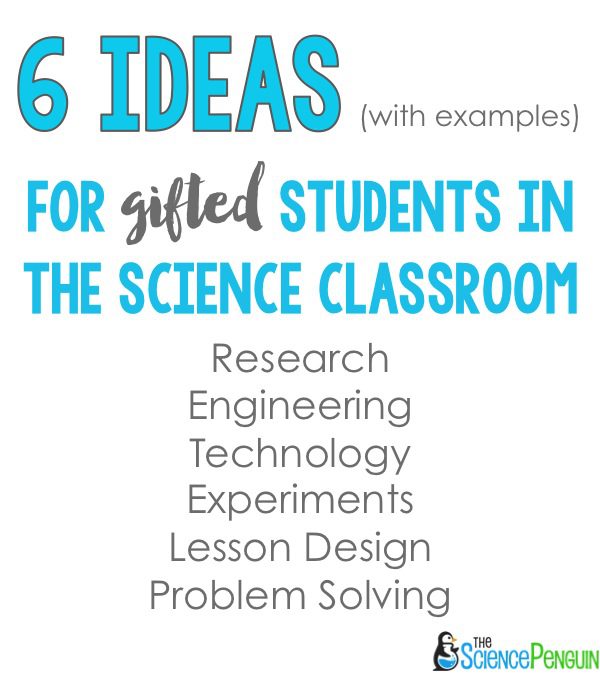
1. Research Project
Hand over the reins and let your students investigate how erosion is altering a specific local area. Is a nearby beach slowly disappearing? What’s the deal with that cliff that seems to lose a few more inches every year?
By zeroing in on local transformations, students realize that erosion isn’t some abstract concept—it’s happening in their own neighborhoods.
2. Engineering Project
Water erosion at the playground: it’s not just puddles messing up your shoes. Challenge your students to engineer a device or a system to keep those rivulets in check. This isn’t about building sandcastles; it’s about preserving the integrity of the sandbox. Take it as an exercise in practical engineering.
3. Technology
Reading textbooks is one thing; animating the process of weathering and deposition is another. Let your students use tech tools to make a short film or animation. Less Hollywood glam, more earth-science savvy—think of it as a way for students to visually articulate complex processes.
4. Design an Experiment
Propose a question about erosion and then devise an experiment to answer it. Will a steeper slope result in quicker erosion? Can vegetation act as a barrier? Have your students become hypothesis testers for the day, where the answers are discovered, not dictated.
5. Design a Lesson
Task your students with designing a lesson about erosion for the class or younger students. It’s one thing to understand a subject; it’s another to teach it. Your students will quickly realize that making erosion engaging is no small feat—which is why you get paid the big bucks, right?
6. Problem-Solving Task
Create a hypothetical but plausible situation where students must mitigate an erosion problem. Perhaps the community garden’s topsoil is degrading, or a local creek is eroding its banks. Have them propose solutions, complete with trade-offs. The earth won’t save itself, you know.
There you have it! I hope this gives you some ideas on challenging your Gifted and Talented students!

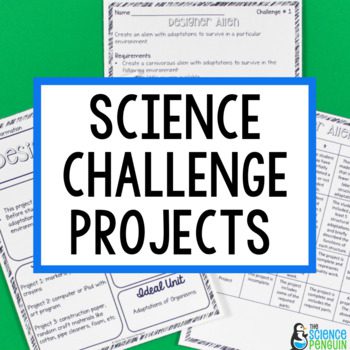


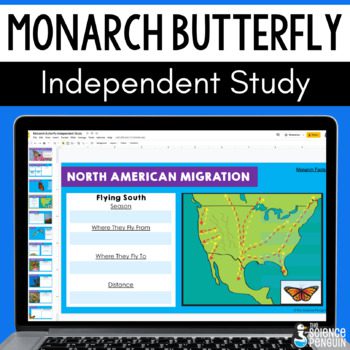
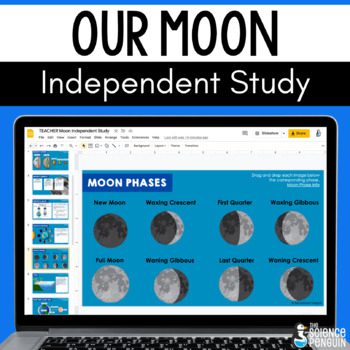


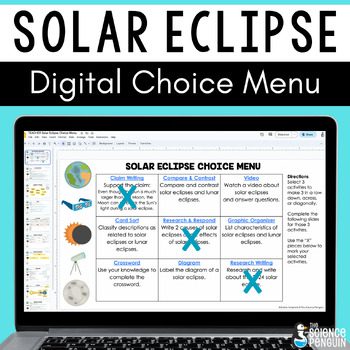

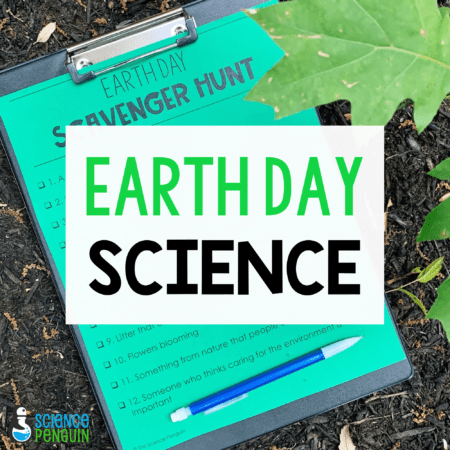
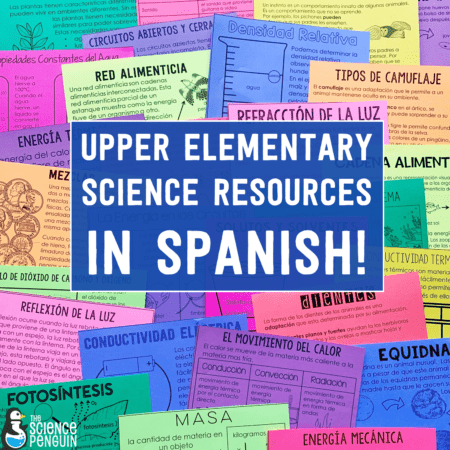

15 thoughts on “6 Ideas for a Gifted Child in the Science Classroom”
Hi I am a 5th grader and I just wanna say all of this is awesome but, it’s way to easy for me my teacher says I am a senior science level so mabye try making some things harder
Thanks for taking time to comment, Addisyn. What are some challenging but fun activities you might want to do in science?
Excellents Ideas!
I enjoyed the erosion idea. I can see using that as an extension to our lesson.
Students love science workstations.
Thank you for the resources and I like the idea that students select an area of interest.
When they select their area of interest they take ownership and research of that area more seriously.
Thank you for such great ideas, students love science workstations!
Love the resources thank yoiu
Thank you so much for these VERY USEFUL IDEAS. We are discovering ecosystems. Having the kids create their own ecosystems will be a welcome addition to what we are doing already on lab and in class.
Thank you for the resources.
Thank you very much for the resources.
Fun and educational!
Very informative and engaging.
Great resources! thanks!